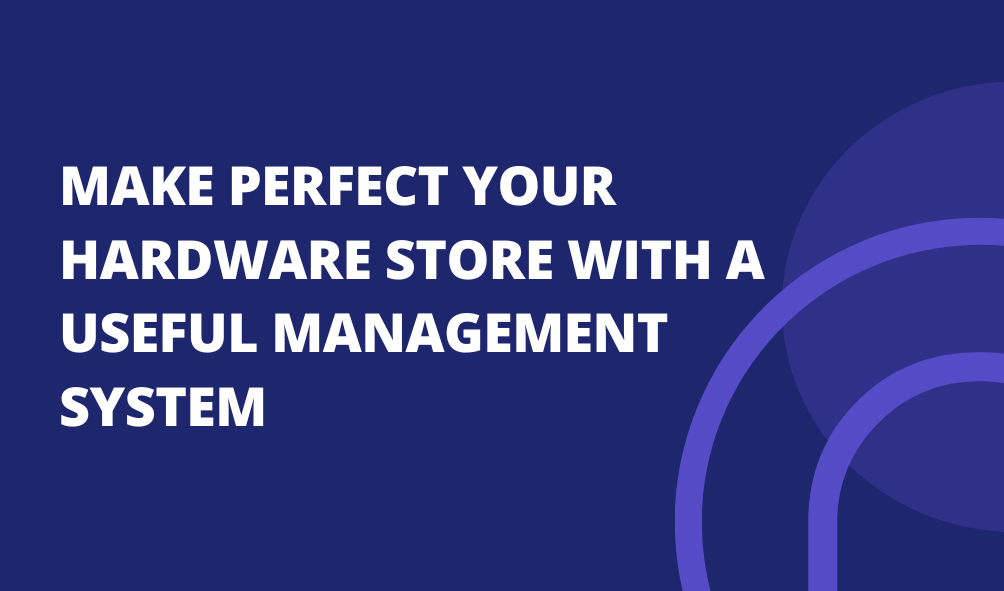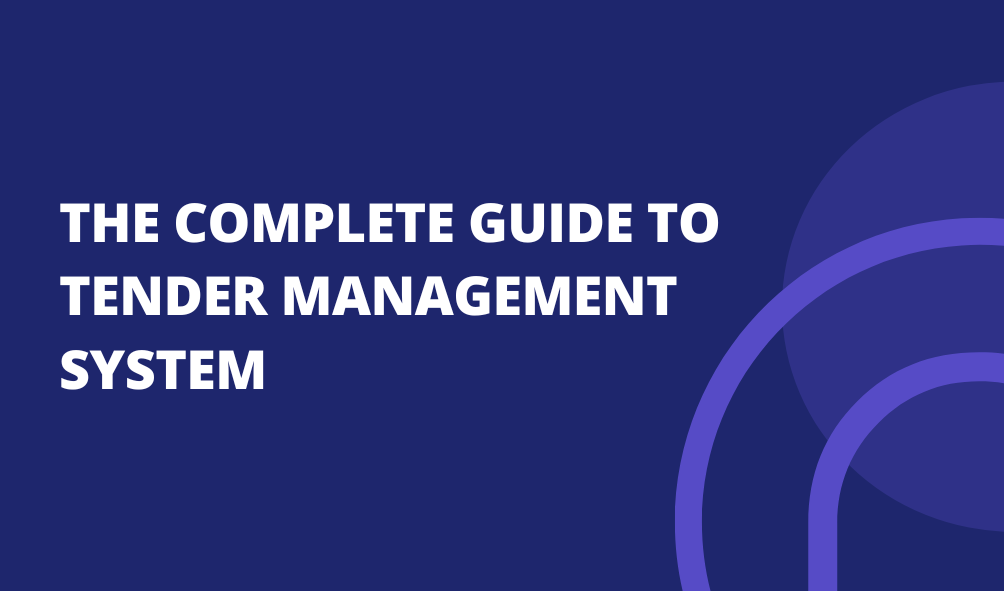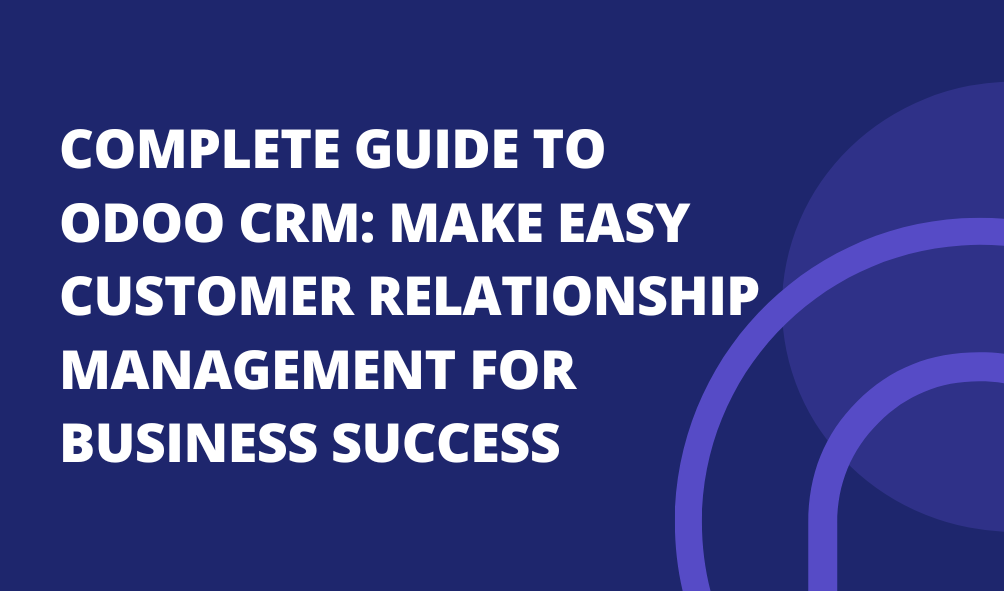The Ultimate Guide to Subscription Management Systems: Features, Benefits, & Implementation
Managing booking events efficiently is crucial for a smooth experience, whether it's a concert, seminar, or corporate gathering. An Event Seat Booking System helps organizers make easy reservations, allocate seats, and improve the attendee experience.
A subscription management tool automates these processes, reducing manual effort and minimizing errors. From billing automation to customer lifecycle tracking, it helps businesses streamline operations and focus on growth.
This guide will explain everything about subscription management. It will cover features, benefits, challenges, and how to choose the best subscription billing software for you.
What is Subscription Management?
Subscription management refers to the process of handling customer subscriptions, including sign-ups, renewals, cancellations, and payment processing. Businesses using subscription-based software need an efficient way to manage these recurring transactions without manual intervention.
A subscription management system automates billing cycles, tracks customer activity, and ensures smooth recurring payment processing. It helps businesses maintain accurate records, send automated invoices, and prevent revenue loss due to failed payments.
Key Functions of a Subscription Management Tool
- Subscription Plan Management: Allows businesses to create flexible pricing plans, including monthly, yearly, and custom packages.
- Subscription Billing Automation: Ensures timely invoices and automated payment collection.
- Subscription Revenue Management: Helps track financial performance, monitor churn rates, and optimize revenue streams.
- Customer Subscription Management: Provides businesses with insights into subscriber behavior, preferences, and engagement.
A good subscription and billing management software makes financial tasks easier. It also improves customer experience and helps businesses grow. In the next section, we will look at how these systems work. We will also discuss why they are important for businesses that depend on recurring revenue.
How Does Subscription Management Work?
A subscription management system automates the handling of subscriptions, including sign-ups, billing, renewals, and cancellations. It helps businesses using subscription-based software streamline operations and improve customer experience.
Customer Subscription Sign-Up
Customers choose a plan through a subscription management tool, which records details, applies discounts, and securely stores payment information. A flexible subscription plan management feature allows businesses to offer multiple pricing models like monthly, yearly, or custom plans.
Recurring Payment Processing
A recurring billing system automates payment collection, ensuring timely transactions via integrated gateways like Stripe or PayPal. This reduces manual work and prevents payment failures.
Subscription Billing Automation
With subscription billing automation, invoices are generated automatically, including taxes and discounts. Customers receive timely notifications, minimizing missed payments.
Renewal and Subscription Plan Management
The renewal subscription feature sends automated reminders before expiration, ensuring uninterrupted service. Customers can also upgrade, downgrade, or cancel their plans, improving user experience.
Subscription Revenue Management & Analytics
Subscription revenue management provides key insights into MRR, churn rates, and customer lifetime value. These analytics help optimize pricing and improve customer retention.
A subscription billing management software simplifies financial operations, enhances accuracy, and ensures seamless customer experiences. In the next section, we’ll discuss the key features of subscription management software.
Key Features of Subscription Management Software
A subscription management system has many features. These features help businesses automate billing, manage customer subscriptions, and track revenue. Here are some key features to look for in subscription billing management software.
1. Flexible Subscription Plan Management
A good subscription management tool helps businesses create and manage different subscription plans. These plans can be monthly, yearly, or custom. This flexibility allows businesses to reach more customers.
2. Recurring Billing and Payment Processing
With a recurring billing system, payments are processed automatically at regular intervals. Integrated payment gateways like Stripe and PayPal ensure secure transactions while reducing the risk of failed payments.
3. Subscription Billing Automation
Automated invoicing is a key feature of subscription billing automation. It generates and sends invoices, applies taxes and discounts, and notifies customers about upcoming payments to avoid disruptions.
4. Renewal and Cancellation Management
A renewal subscription feature sends reminders before a subscription expires, preventing unintentional cancellations. Customers can also upgrade, downgrade, or cancel their plans easily through a self-service portal.
5. Revenue Analytics and Reporting
Subscription revenue management tools help you understand key metrics. These include Monthly Recurring Revenue (MRR), churn rate, and customer lifetime value. These analytics help businesses improve pricing strategies and keep customers longer.
A good subscription management software makes operations easier, cuts down on manual work, and boosts cash flow. Next, we will look at the benefits of using a subscription management system.
Benefits of Using a Subscription Management System
Using a subscription management system helps businesses automate tasks, cut down on manual work, and boost customer satisfaction. Here are some key benefits of subscription billing management software.
1. Automated Recurring Billing
A recurring billing system automatically processes payments. This means no more manual invoicing is needed. It reduces errors and prevents missed payments. This also helps improve cash flow.
2. Improved Customer Experience
A recurring billing system automatically processes payments. This means no more manual invoicing is needed. It reduces errors and prevents missed payments. This also helps improve cash flow.
3. Reduced Churn and Payment Failures
Features like dunning management help recover failed payments. It retries transactions and notifies customers about billing issues. This reduces involuntary churn and keeps revenue steady.
4. Simplified Revenue Tracking
A subscription revenue management system gives real-time insights into revenue, customer lifetime value, and churn rates. Businesses can use this data to improve pricing strategies and boost growth.
5. Increased Operational Efficiency
By automating subscription billing, businesses save time on invoicing, taxes, and payment processing. This helps them focus on customer engagement and growing their business.
A subscription management software makes business operations easier and boosts profits. Next, we will talk about how to pick the best subscription management tool for your business.
How to Choose the Right Subscription Management Software
Selecting the right subscription management system is crucial for automating billing, improving customer experience, and optimizing revenue. Here are key factors to consider when choosing a subscription management tool.
1. Subscription Plan Flexibility
Find subscription billing management software that lets you create different pricing models. You can choose monthly, yearly, or custom plans. Offering trials, discounts, and add-ons can help keep customers.
2. Automated Recurring Billing
A recurring billing system should support different payment methods. It should also work with secure gateways like Stripe, PayPal, and credit card processors. It should also handle failed payments and retries efficiently.
3. Billing Automation & Tax Management
Make sure the subscription billing automation feature can create invoices, apply discounts, and calculate taxes. Automated notifications for upcoming payments help reduce missed renewals.
4. Customer Self-Service Options
A good subscription management software should let customers manage their plans on their own. They should be able to upgrade, downgrade, or cancel subscriptions without needing help.
5. Analytics & Revenue Tracking
Choose software that can manage subscription revenue. This will help you track important metrics like Monthly Recurring Revenue (MRR), churn rate, and customer lifetime value. Advanced reporting tools will assist you in making decisions based on data.
By choosing the right subscription management system, businesses can simplify billing, enhance customer experience, and boost recurring revenue. In the next section, we will explore some of the best subscription management tools available.
How to Implement a Subscription Management System
To successfully set up a subscription management system, you need careful planning and the right approach. Here is a simple guide to help you set up subscription billing software for your business.
1. Define Your Subscription Model
Choose if you will have monthly, yearly, or custom pricing plans. Think about features like free trials, tiered pricing, and add-ons. These can help attract different types of customers.
2. Choose the Right Subscription Management Tool
Choose a subscription management software that meets your business needs. Look for features like recurring billing, automated invoicing, and self-service options for customers.
3. Set Up Automated Billing & Payment Processing
Connect a subscription billing automation tool with your favorite payment gateways like Stripe or PayPal. Set up automatic invoicing, tax calculations, and options for recovering failed payments.
4. Configure Renewal & Cancellation Policies
Turn on renewal subscription notifications. Let customers easily upgrade, downgrade, or cancel their plans. This will boost customer satisfaction and lower churn.
5. Integrate Analytics & Revenue Tracking
Use subscription revenue management tools to track important numbers. These include Monthly Recurring Revenue (MRR), churn rate, and customer lifetime value. Data-driven insights help optimize pricing and business growth.
6. Test & Launch
Before going live, test the setup for recurring payments. Check the customer sign-up process and automated workflows. Make sure the user experience is smooth to reduce problems after launch.
Using a subscription management system helps operations run smoothly. It also improves customer experience and boosts recurring revenue. In the last part, we will talk about future trends in subscription software.
Conclusion
A subscription management system is important for businesses that want to automate billing and manage customer subscriptions. The right tools can help with recurring billing, improve efficiency, reduce churn, and boost customer satisfaction.
As trends change, using AI analytics will be important. Better security is also essential. Advanced payment processing will help ensure long-term success.
Investing in a subscription management tool is important. It can benefit both startups and established businesses.
This tool will help you stay competitive. It will also help you increase your recurring revenue. Start using the best subscription billing management software today to elevate your subscription-based business!



